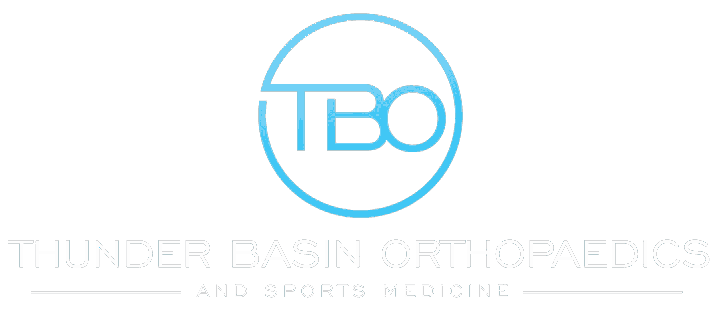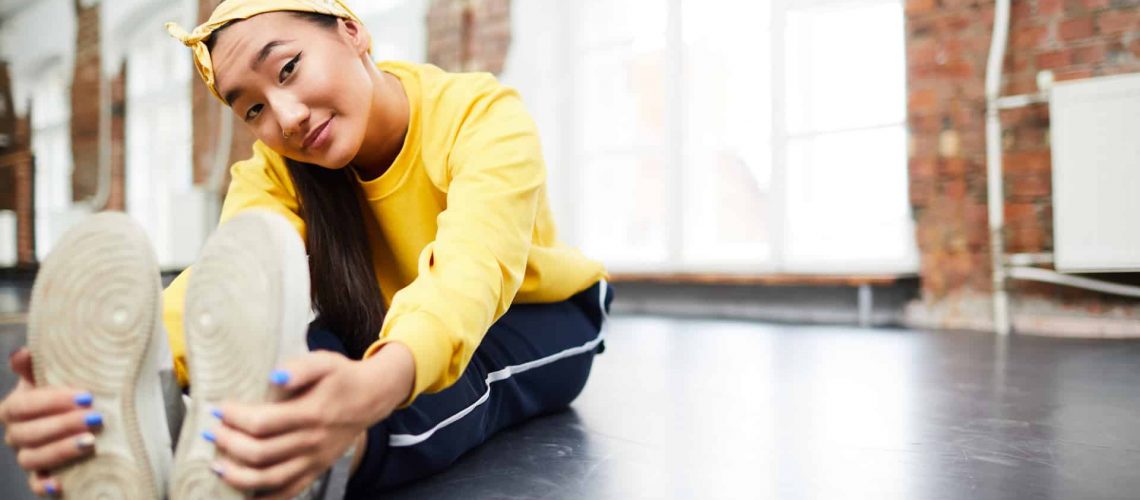While you may be enthusiastic to begin your workout first thing in the morning, it is essential to condition your body first. You are more likely to get hurt if you start vigorous exercise with “cold” muscles. Proper warm-ups are fundamental to every training routine, regardless of whether you are a professional athlete, a beginner, or somewhere in between.
Preventing injury is the most significant reason for warming up before exercising or participating in any sport. If you carefully warm up your muscles before engaging in strenuous physical activity, you are less likely to develop injuries such as muscle strains or tears. A healthy cool-down can also assist in preventing muscle cramping and prepare your body for the next workout.
Contents
What is the Objective of Warming Up?
The purpose of warming up is to prevent injury by strengthening the body’s core and muscular temperatures. Warm muscles soften and elasticize stiff and tight muscles, minimizing the possibility of pulling something during your workout. Warm-ups should be specific to the form of exercise you will be doing, but they should also include a full-body warm-up, even if you will only be working out a few muscle groups.
The following are some of the advantages of warming up:
- Your muscles, tendons, and entire body are ready for more strenuous physical activity.
- Faster delivery of nutrients and oxygen to the working muscles by increasing blood flow.
- The muscles in your body will be loose and flexible.
- The temperature of your muscles and body’s core is elevated.
- Your mind and body are ready and determined to engage in more vigorous activity.
Static Stretching
Static stretching is, without a doubt, the most well-known stretching technique. Static stretching is the best way to loosen up your tendons, ligaments, joints, and muscles while increasing flexibility and range of motion.
Here are a couple of static stretches to try.
Hamstring Stretch
Maintain a flat back and straight knee. Place one leg on a low stool, facing forward, with your hips and feet. Lean forward from your hips until you feel a stretch at the back of your thigh. Pre-run hamstring stretches can help you stay injury-free.
Posterior Capsule Stretch
Lengthen one arm, holding it slightly above the elbow, and slowly bringing it toward your body while relaxing your shoulders. This stretch will target the rear of the shoulder and is especially good for throwers like basketball, baseball, and football players.
Quadriceps Stretch
With the same side of your hand, grab one of the ankles. To keep your back from arching, tighten your stomach muscles. Bring your ankle up toward your buttocks by extending your thigh backward, bending your knee, and extending your thigh backward. Keep your knee in the same line as your hip, rather than angled outward or inward toward your torso.
Dynamic Stretching
Dynamic stretching is a form of stretching in which your joints are continually moving through their normal range of motion. When this happens, you begin to burn calories by increasing your heart rate and loosening your muscles, preparing your body for stress. These actions enhance flexibility while also generating heat in the joints and muscles.
The following are a few examples of dynamic stretching.
Leg Swing
To start, stand one leg and swing the other through its full range of motion in front of and behind you in a calm, controlled action. To avoid hunching over, engage your abdominal muscles. Leg swing stretches prepare the hip flexors and hamstrings for running.
Walking Lunge
To begin the upward movement, keep your chest up and plant your whole foot into the ground, pulling yourself back to an upright position with your glute and quad. Take a stride forward with your right leg, bringing your hips to the floor by bending both knees to 90-degree angles. Keep your toes tucked in and your heel and midfoot firmly planted.
Torso Twist
To do the torso twist, stand tall with your legs extended apart and your hands on your waist. Rotate your body in a 90-degree circle from one side to the other. Hold each side for a brief period while moving with the shoulder.
Who to Contact If You Have An Injury
If you injure yourself while exercising or engaging in sports, you should seek medical care as quickly as possible. At Thunder Basin Orthopaedics and Sports Medicine, we provide the best sports medicine care. Our medical professionals are well-versed in the diagnosis, treatment, and surgery of sports-related injuries. If you have suffered a sports-related injury, request an appointment today for a personalized evaluation and consultation.


